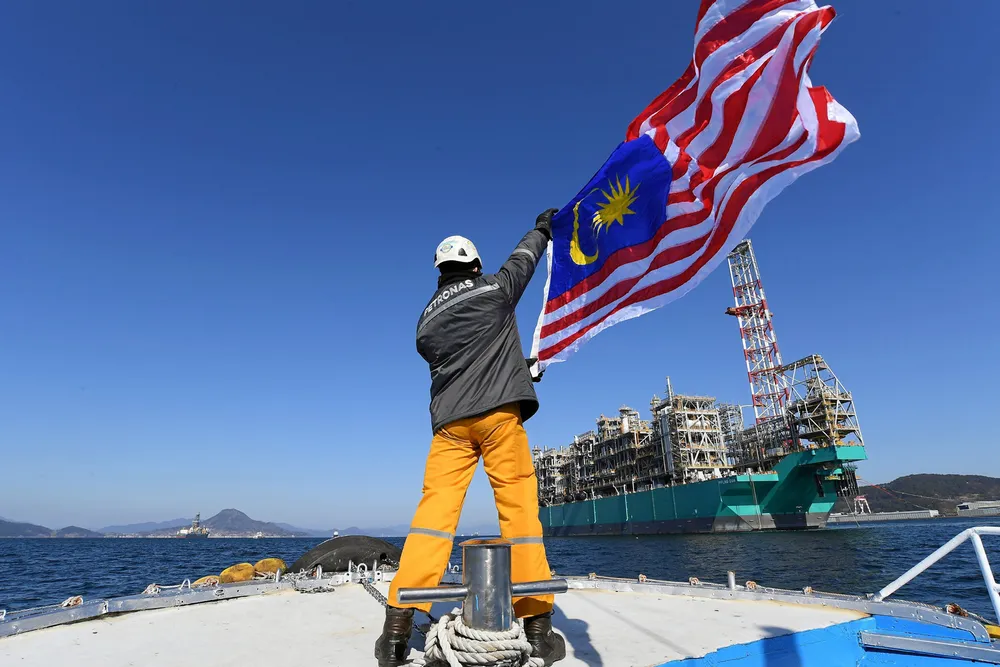Malaysia's Petronas confirms FEED contracts for nearshore LNG project in Sabah
Front-end engineering and design competition expected to take 10 months to complete as Petronas targets a final investment decision in late 2022

Front-end engineering and design competition expected to take 10 months to complete as Petronas targets a final investment decision in late 2022
